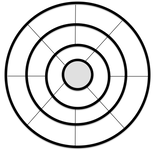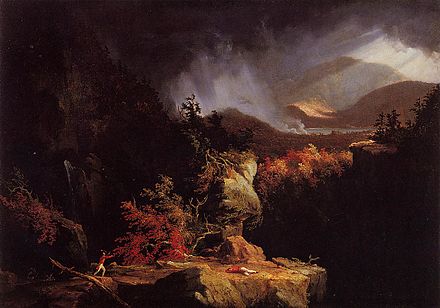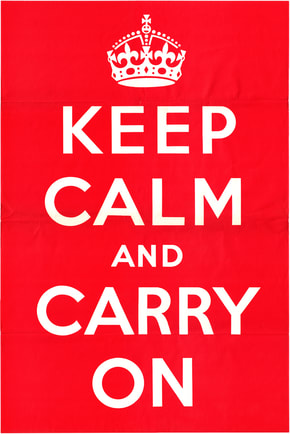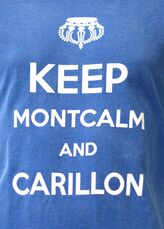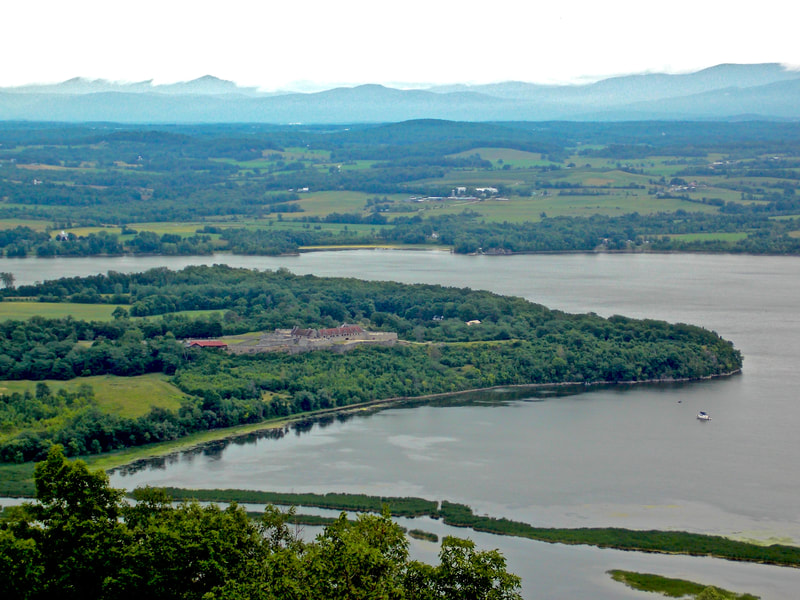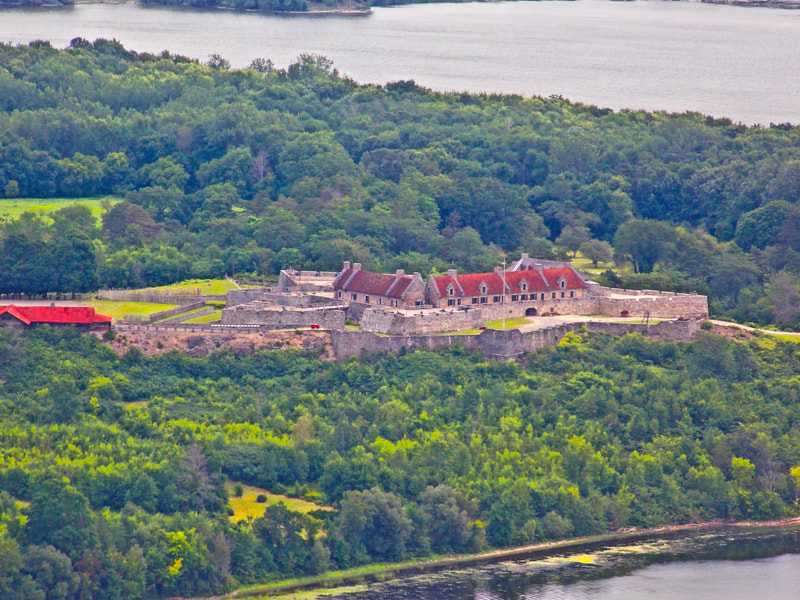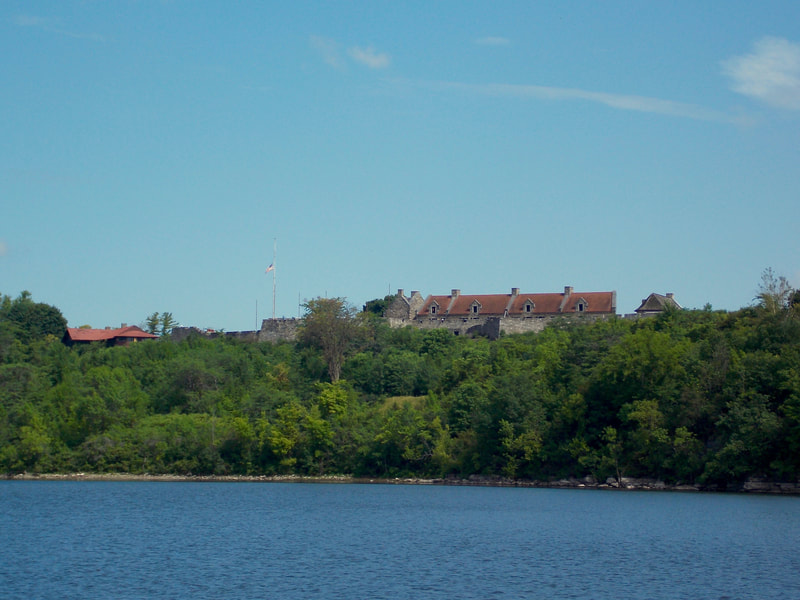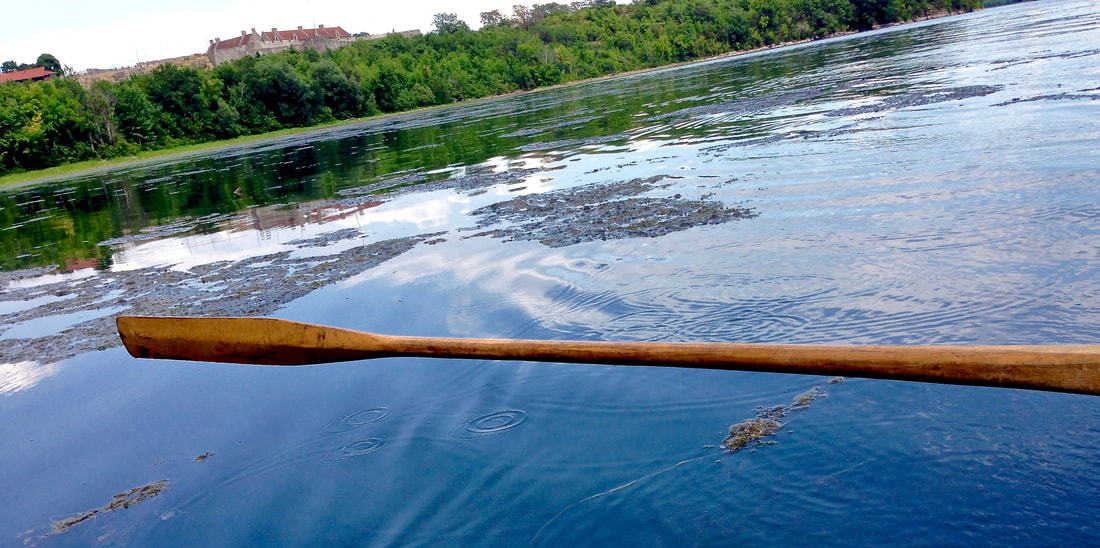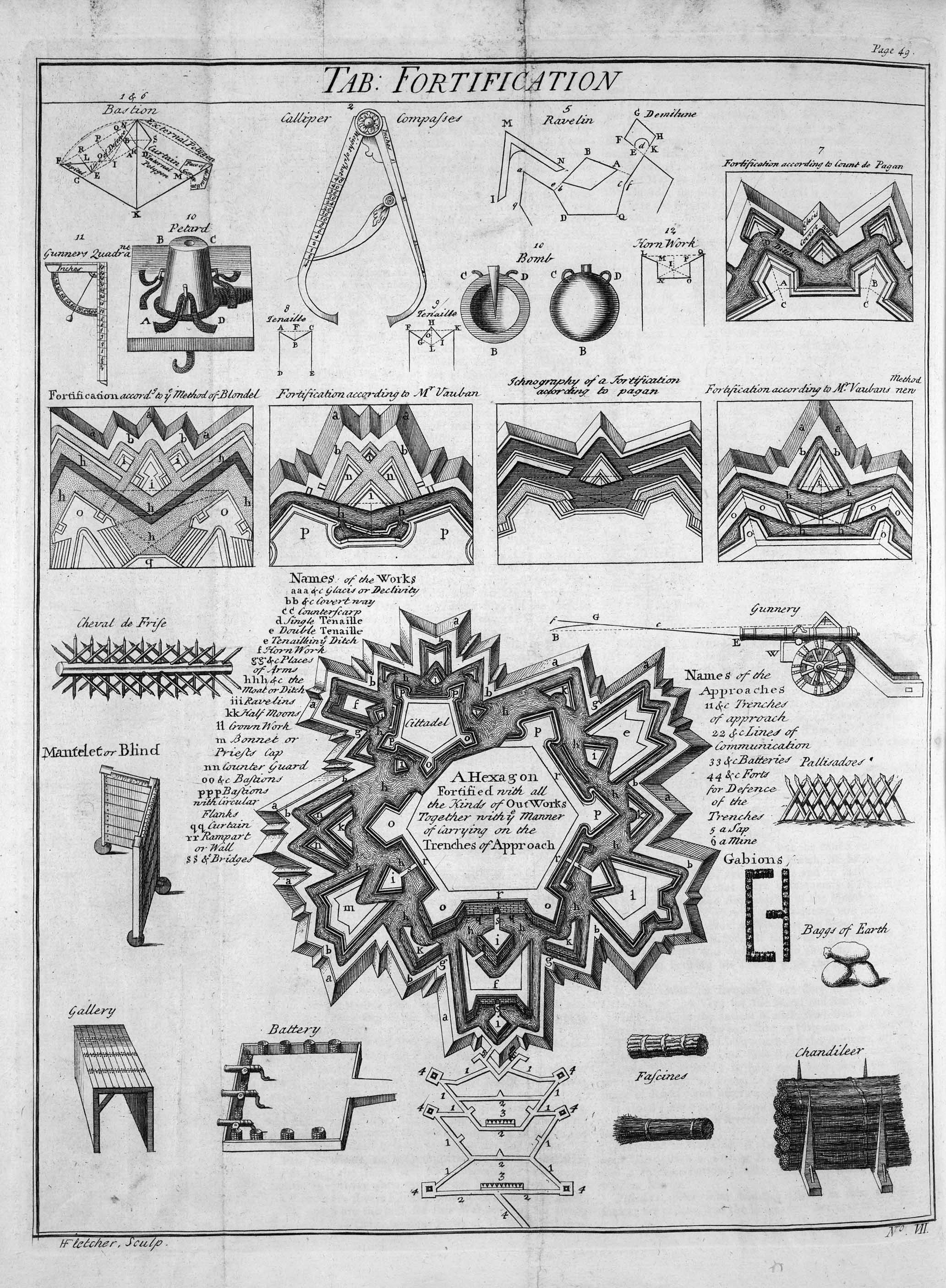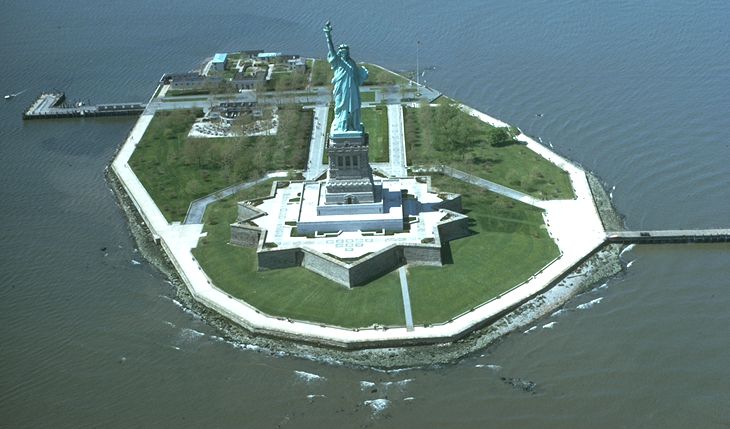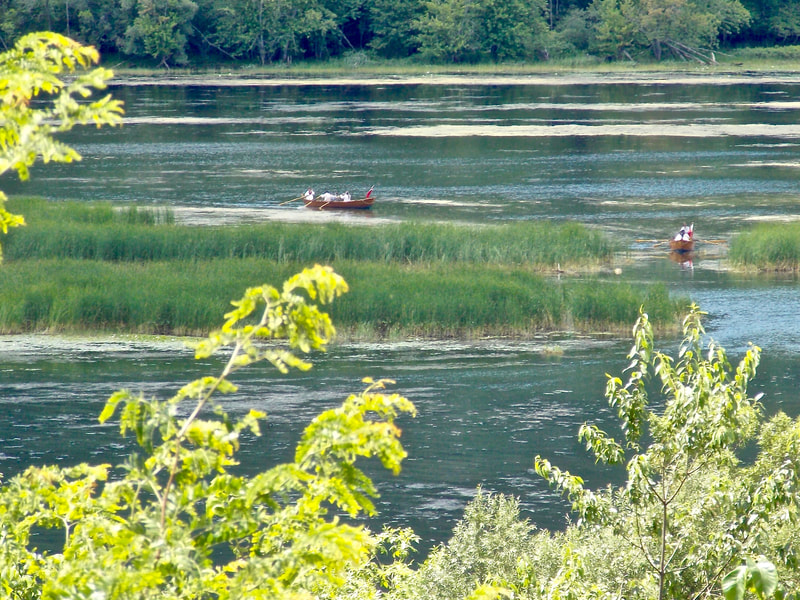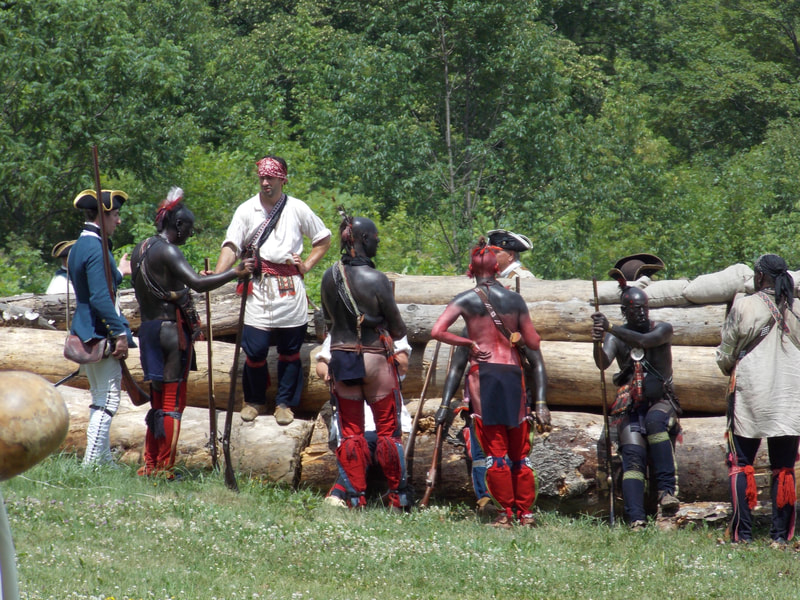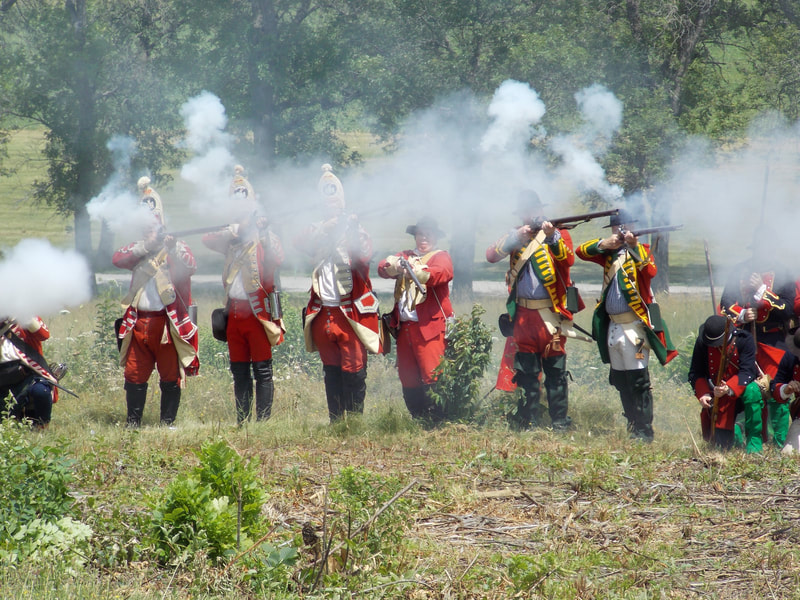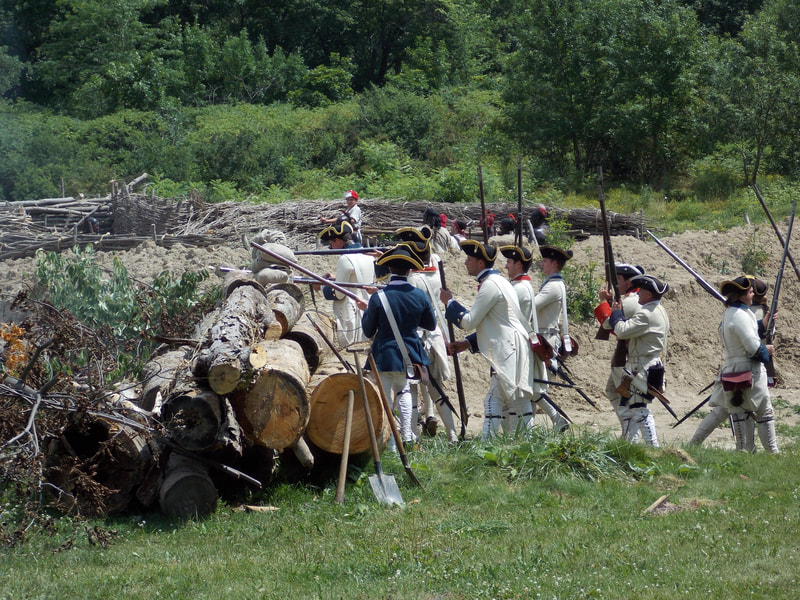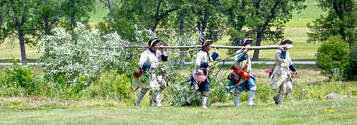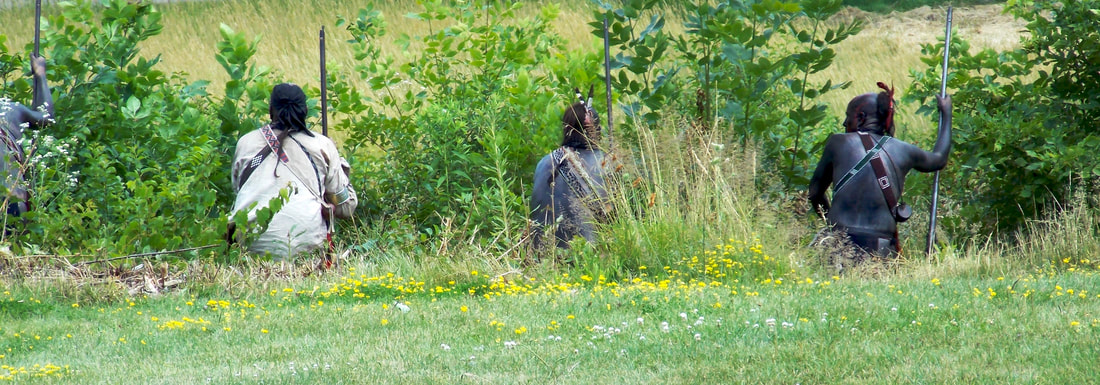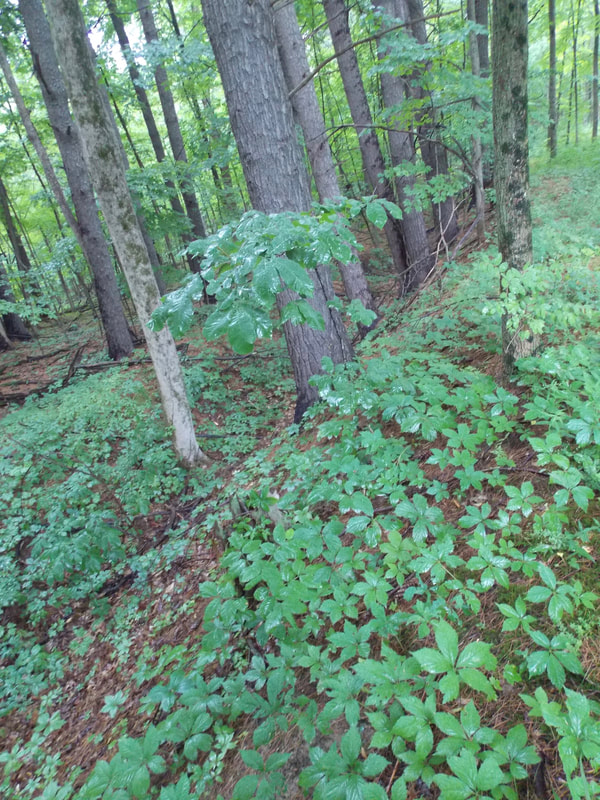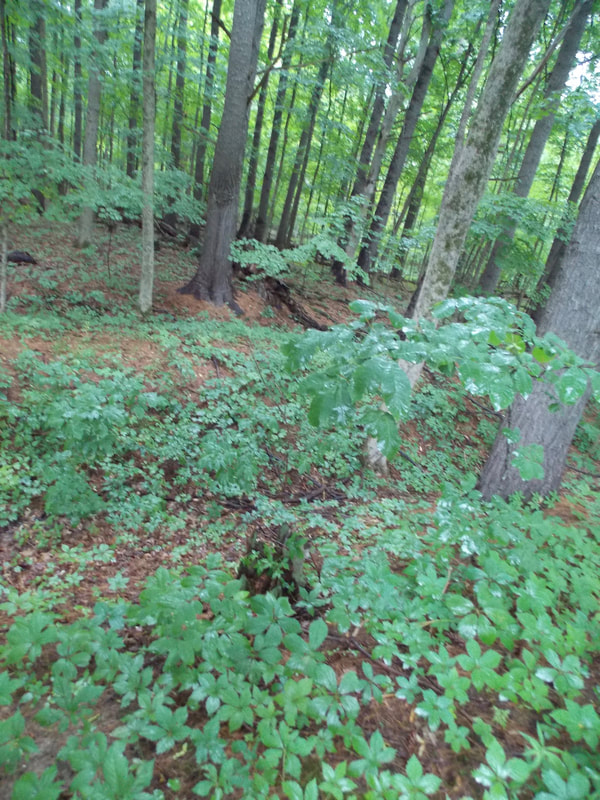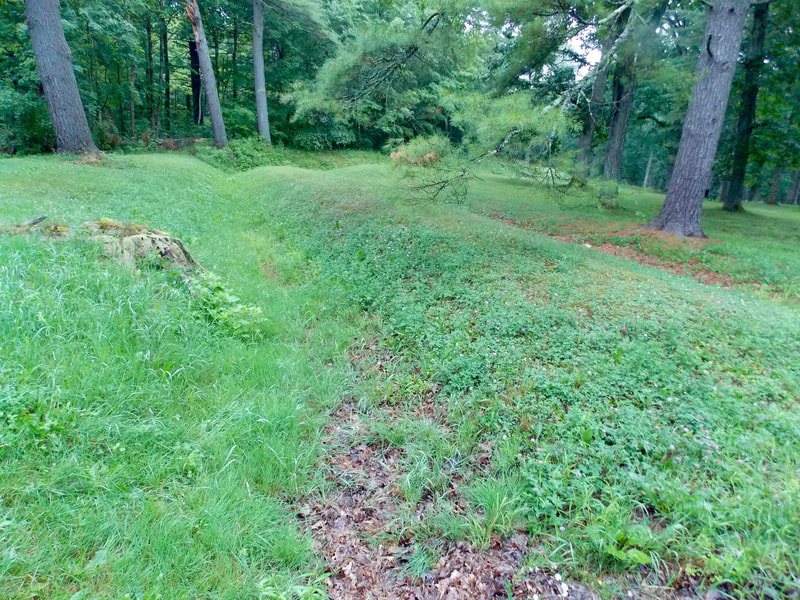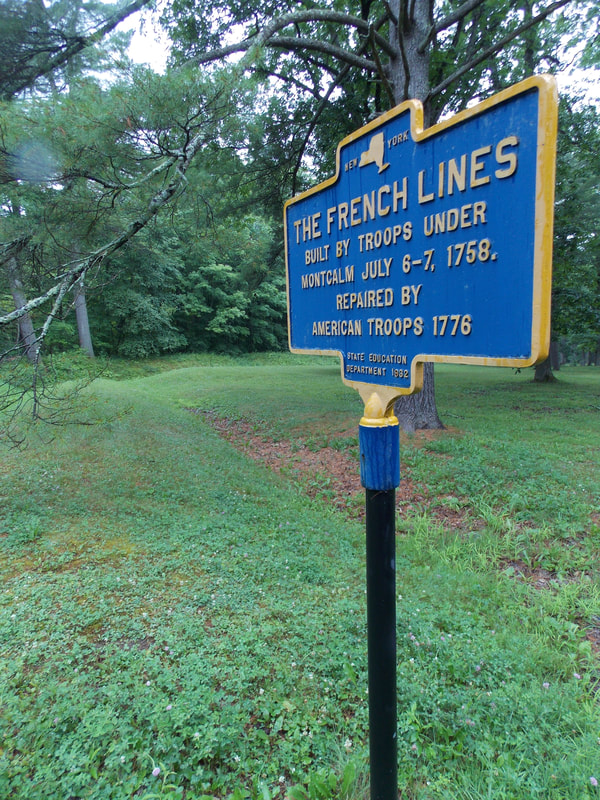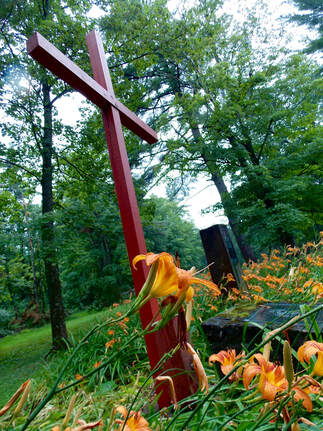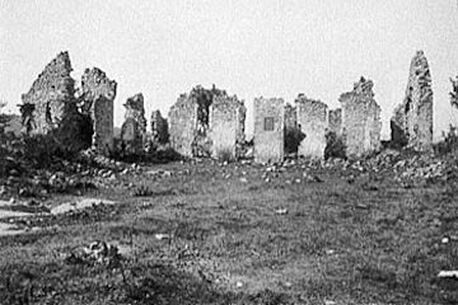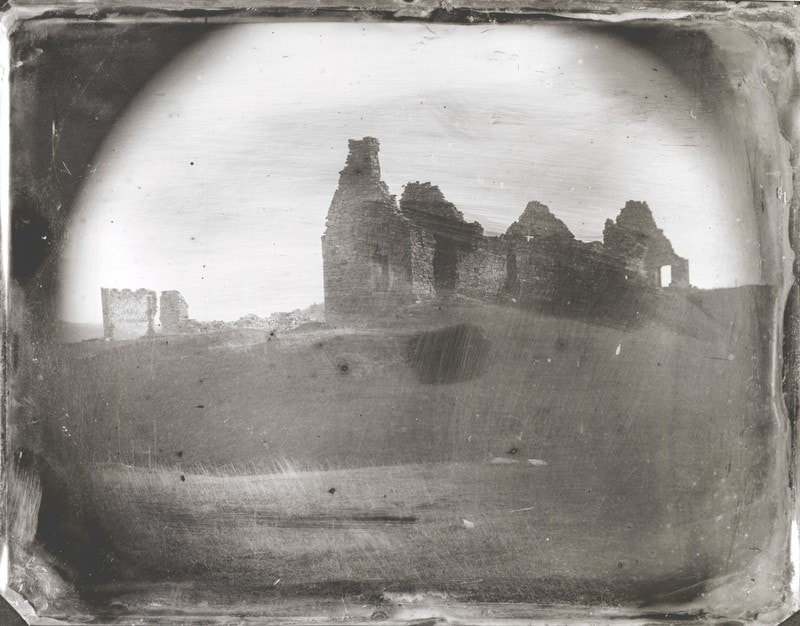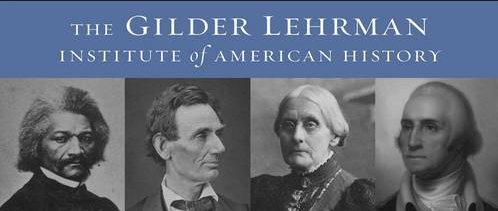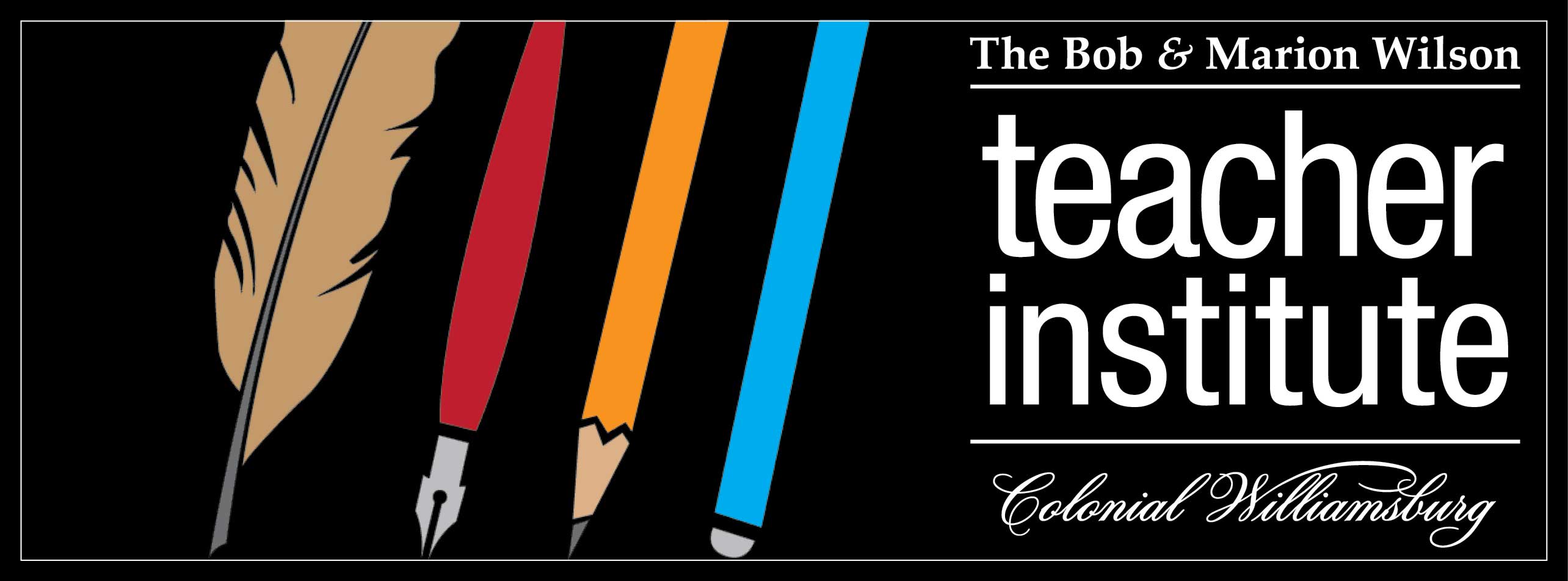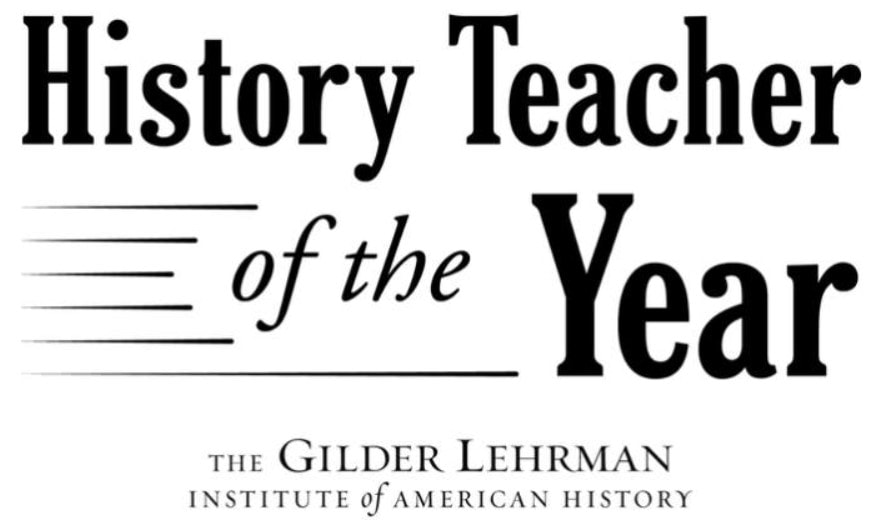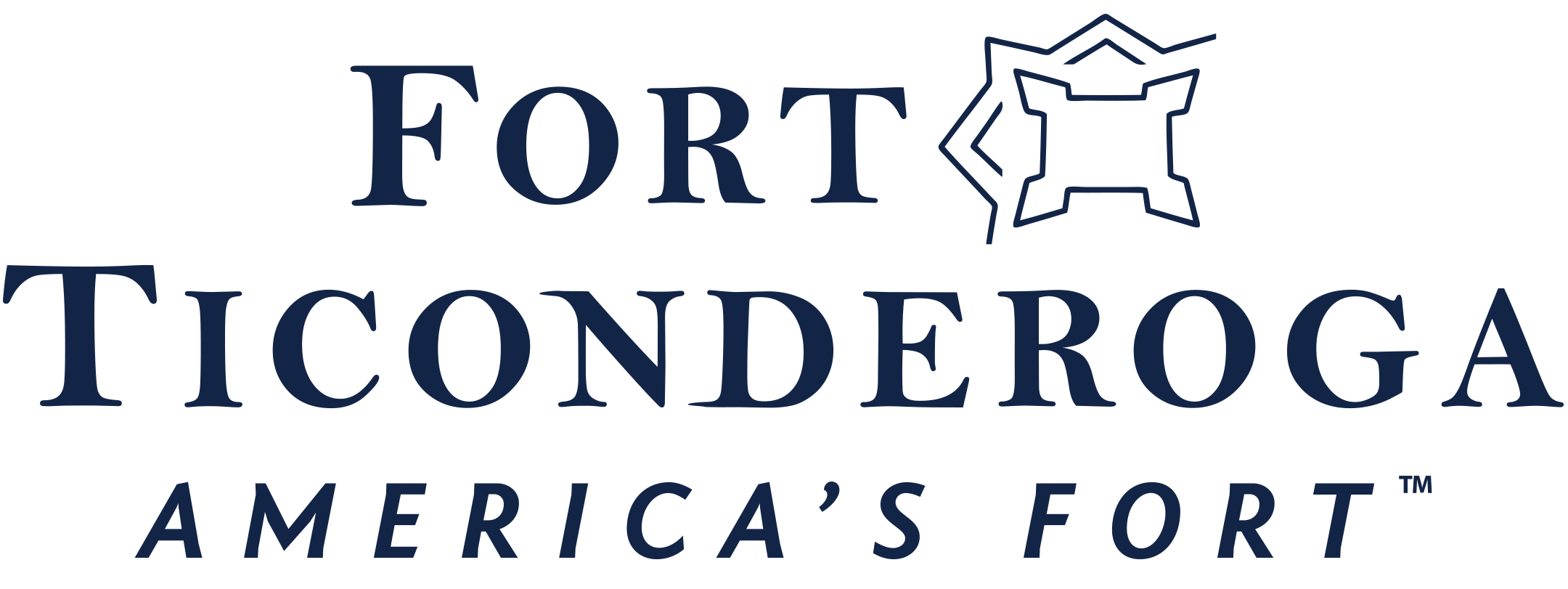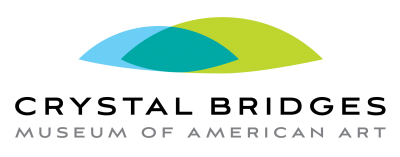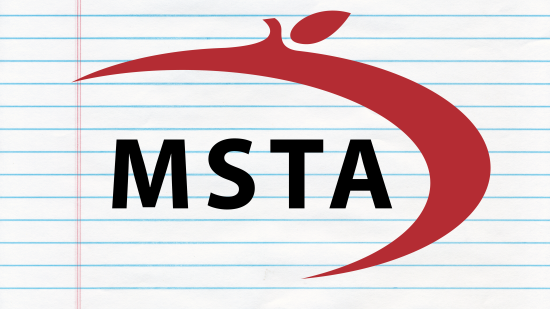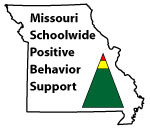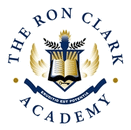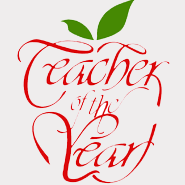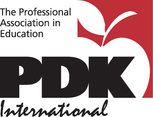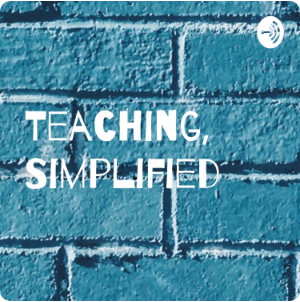(LIBERTY) BELL WORK
| Do the Math Find the sum of the letters of his name, using the scale below. A = $.01, B = $.02, C = $.03, D = $.04, E = $.05, F = $.06, G = $.7, H = $.08, I = $.09, J = $.10, K = $.11, L = $.12, M = $.13, N = $.14, O = $.15, P = $.16, Q = $.17, R = $.18, S = $.19, T = $.20, U = $.21, V = $.22, W = $.23, X = $.24, Y = $.25, Z = $.26 Quick Write: What are some things you have to "guard" yourself against? | On Target
|
| Sentence Surgery Read the sentence below. Do you see any problems? Do not rewrite the sentence. In fact, don't even fix the sentence. Instead, on your paper, tell the writer three things that need to be corrected. the french army builded fort carilon | Sentence Augmentation* Augment the sentence below to greatly improve it. Record your improved sentence on your paper. They guarded the lake. *Augment: make (something) greater by adding to it |
| Word Work Using words important to this lesson set, create a list of words to fit in the categories below. Pay particular attention to spelling patterns.
| Word Wise Define the following words: carillon fort |
Mood MusicAllow the military marches of the French Royal Army to transport you into a scene that has yet to be written. Draw the scene as you listen. Then write, using all the visual imagery you can muster. | Art Appreciation IObserve the unique painting above.
|
| It must have been a frightening prospect - sitting in Britain in 1939, awaiting a German air attack. World War II was upon the people of England, and they knew the fight would come to their home soil. The government, in an attempt to encourage British citizenry, created and distributed the now-famous Keep Calm and Carry On posters. During the war and the reconstruction time to follow the war, variations of the posters continued to inspire the people to persevere. The posters have nothing to do with the French and Indian War of the 1750s, but as we introduce America's Fort, today, I thought of those posters. |
| Why? Because when the French were battling the English in the Lake Champlain region of Upstate New York and Vermont, the French built a stone fortress to keep guard of the strategic lake from English troops descending Lake George. They named it Fort Carillon (pronounced something like Carry On) because of the sound of the water descending through the La Chute River resembling the sounds of a bell tower, or a carillon. So why don't we have a little fun with the pronunciation and make our own positive, motivational posters. What will yours say? Keep _____ and Carry On. What insignia will you place at the top instead of the Tudor Crown? |
Music Appreciation |
A Star Is BornThe bastion fort, or star-shaped forts became popular in Europe in the mid 15th century. The shape was meant to assist in the defense of the fort by allowing for the optimal use of cannon and mortar. Fort Carillon was built at Lake Champlain for the same reason. Another, Fort Wood, constructed on Liberty Island in New York City, was repurposed to provide the foundation for the Statue of Liberty. Fort Wood was built to defend our young nation from British invasion in the early 1800s. |
Art Appreciation IIObserve the unique painting below.
| OutnumberedThe Battle of Carillon began on July 8, 1758, with some 16,000 British troops attacking the 4,000 French soldiers. Louis-Joseph de Montcalm successfully defended the fort even against such unbalanced odds. He did so partially through the use of abatis (See the video here for more clarity about the battle.). |
Think you could get through the abatis? Try an activity in class to safely make your way through the obstacle. Remember, the opposing army is rooting against you, but there is no turning back. The king of England is counting on you to take this important fortress from the French. | | ||||
| | |
Montcalm's Cross
| Following the Battle of Carillon, the Marquis de Montcalm raised a cross inscribed with the message and its rough English translation seen here (below). He took no credit for the victory and gave no credit to his strategy or his men. Instead, he credited his God, demonstrating that the French and Indian War was not only a war for territory, but that it was also a religious war of ideals. Chretien! Ce ne fut point Montcalm et la prudence, |
| | DIY: CARVED POWDER HORNSAmong other historical relics from the 18th century, Fort Ticonderoga boasts a significant collection of decorated powder horns. Used for carrying black powder on the battlefield, powder horns made it possible to go without using pre-prepared cartridges. Soldiers carved the horns with images of the fort and other information. Today, you can do the same. We don't have actual horns, but we do have...bananas! |
Where the Waters MeetA year after the Battle of Carillon, the British were finally ready to take the fort. The 400 Frenchmen remaining in the fort would be no match for the 11,000-man British force. This short-lived 1759 event is called the Battle of Ticonderoga (Ticonderoga means "where the waters meet".). As the French withdrew, they desired to make the fort as useless as possible for the English. Before they left, the French spiked and dumped the cannons and used explosives to destroy the fort as much as possible. The fort was still in ruins in 1777, when American soldiers would capture it from British control during the Revolution (something we will hear more about later in the school year). | Through the leadership of Stephen Pell, the fort was restored during the years between the two world wars and is now presented to visitors as a fine representation of the history of our nation. |

